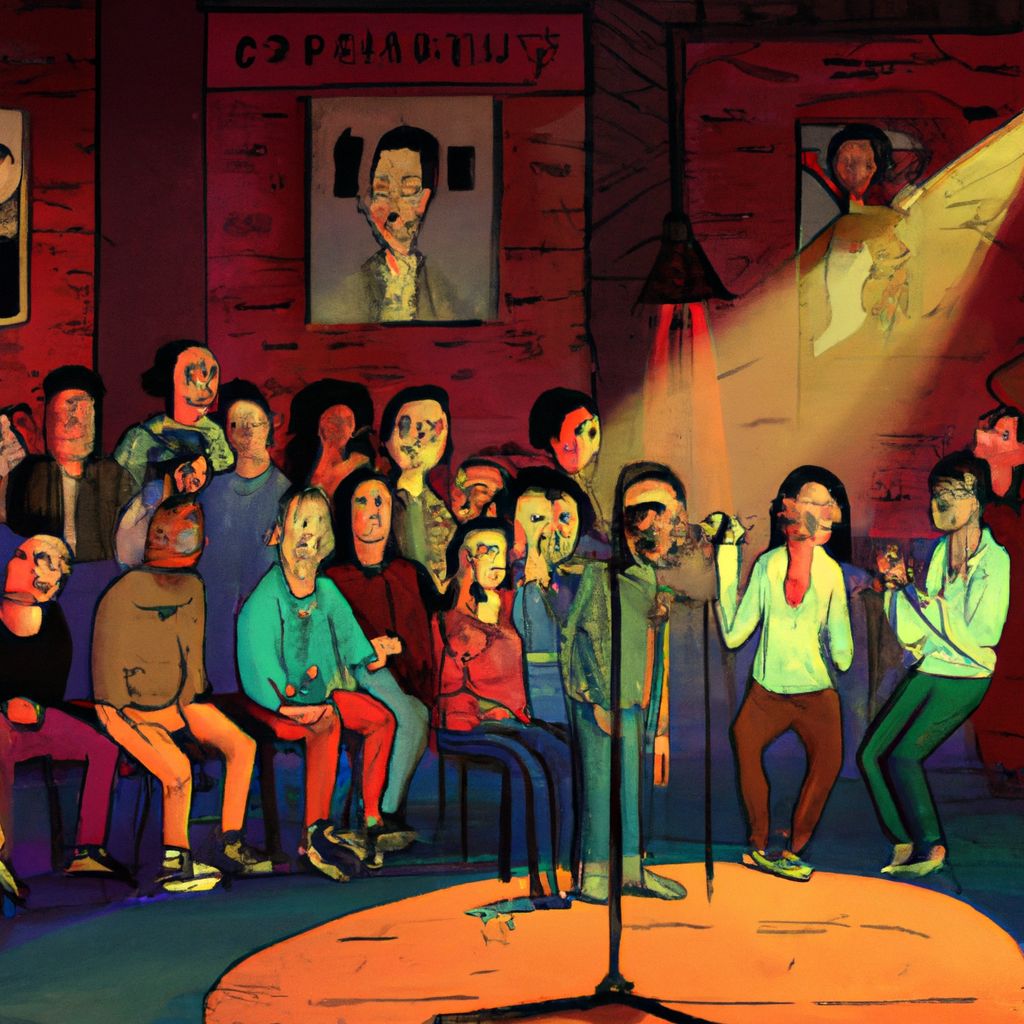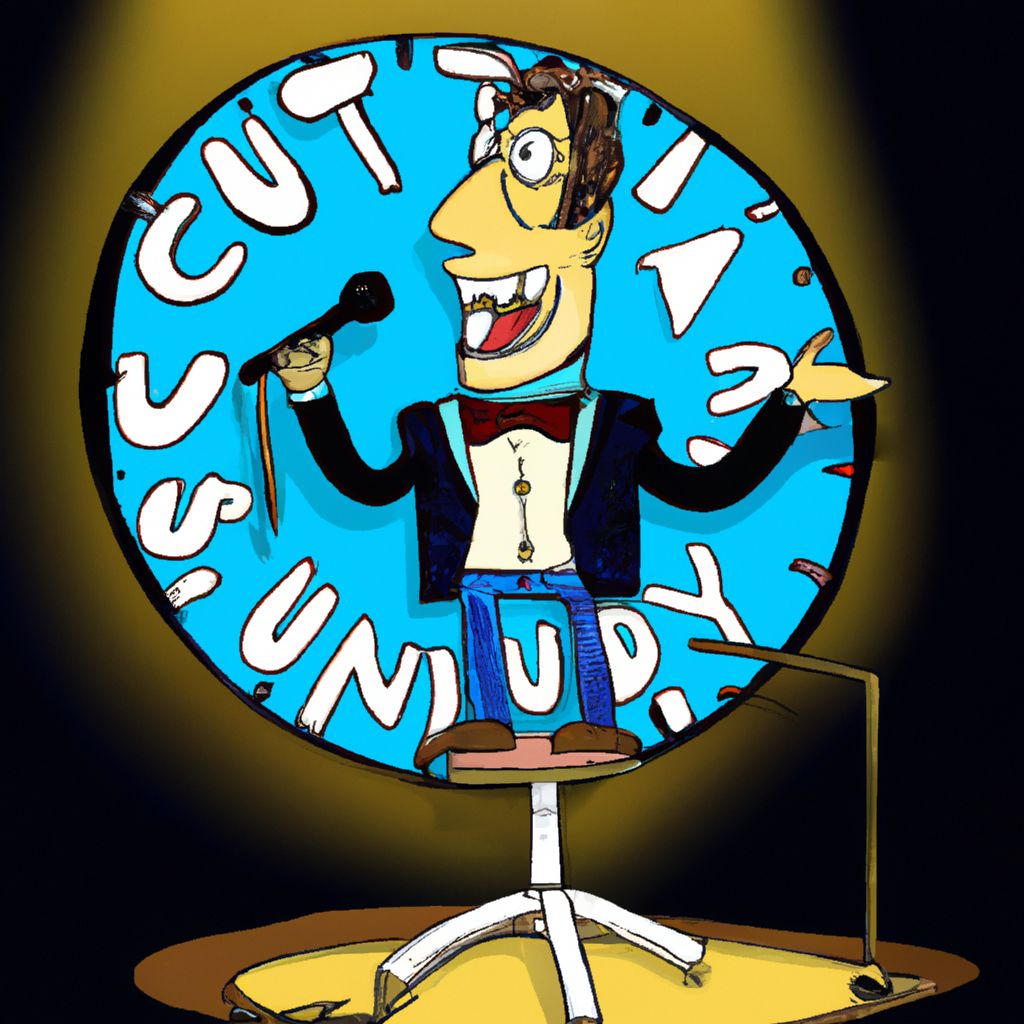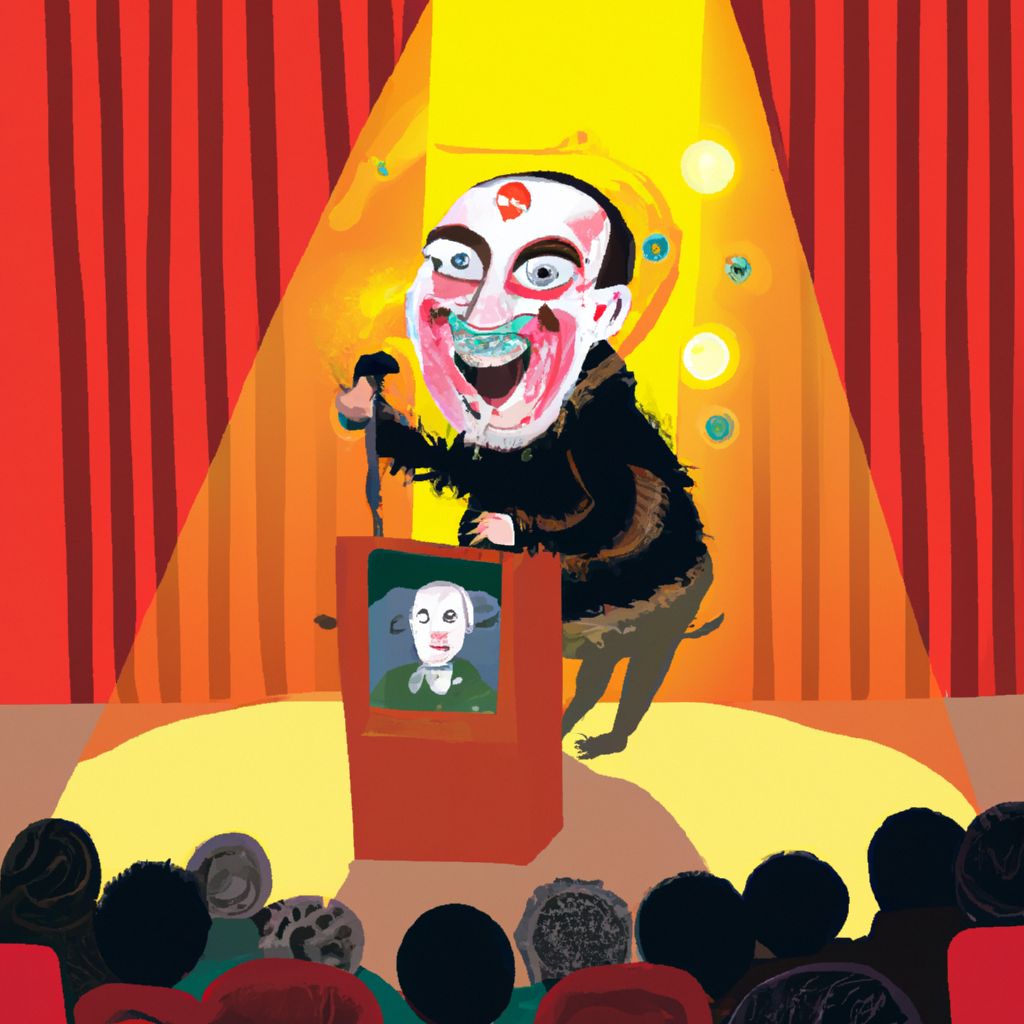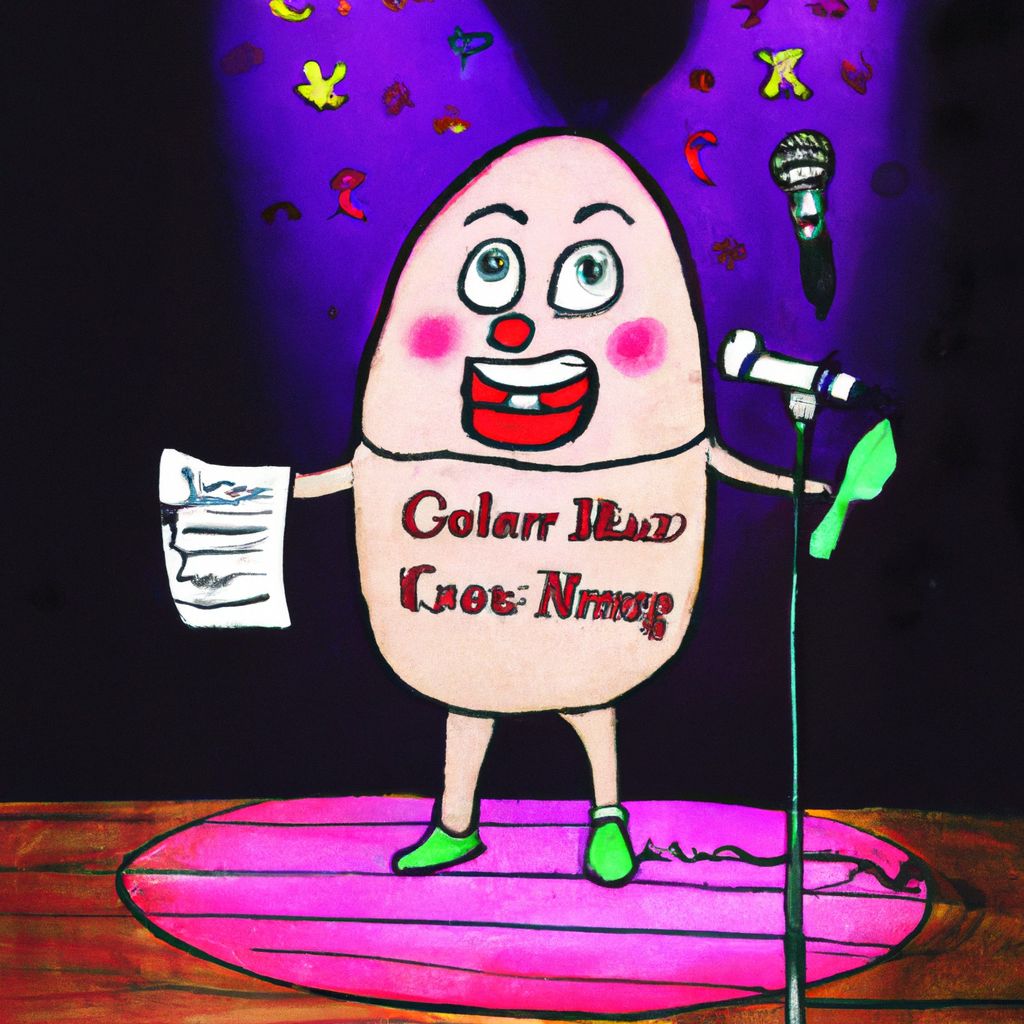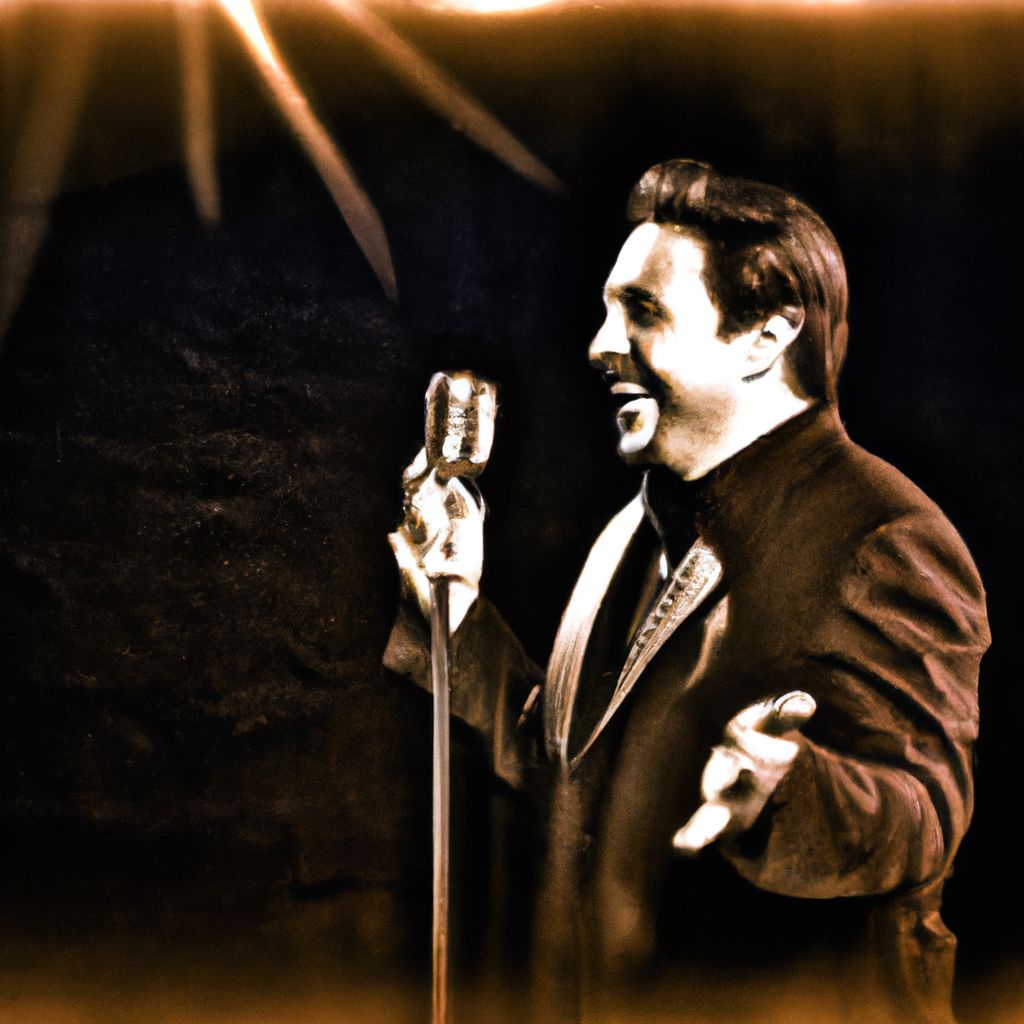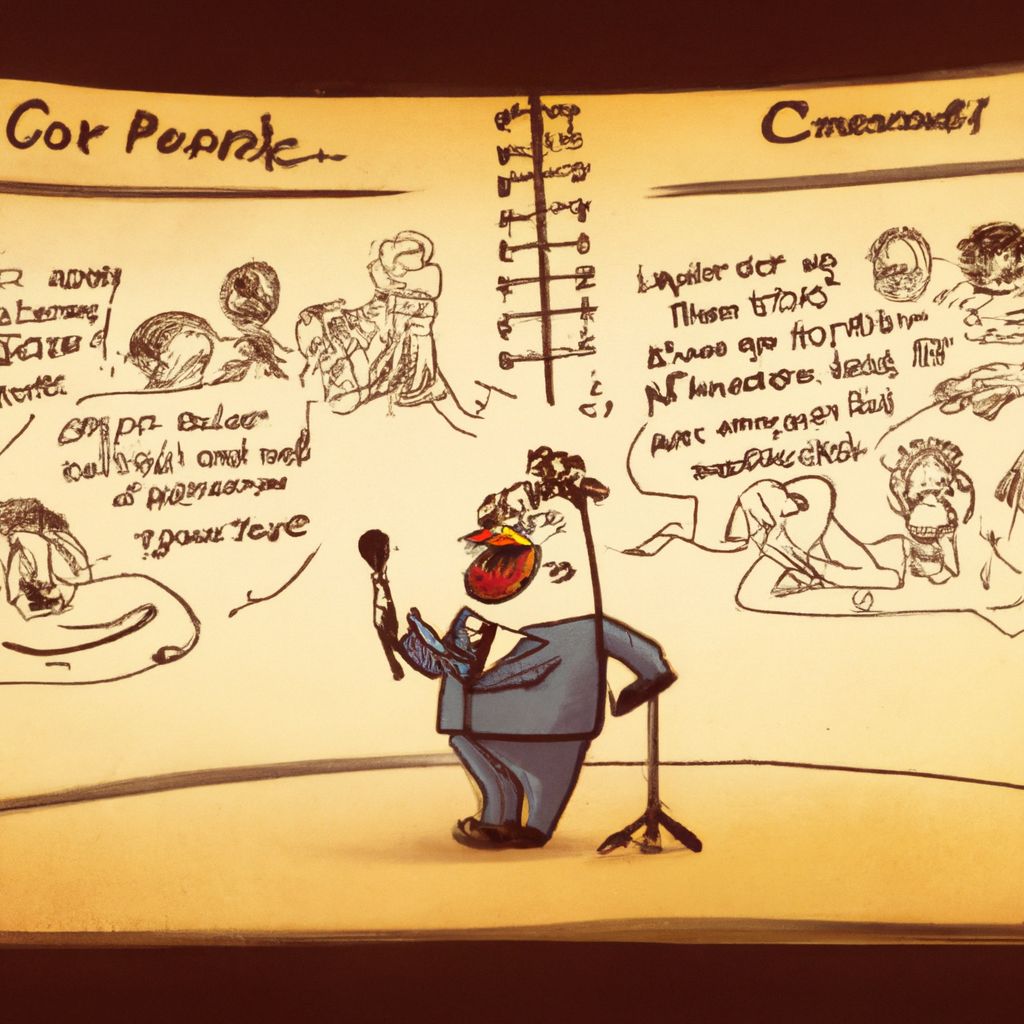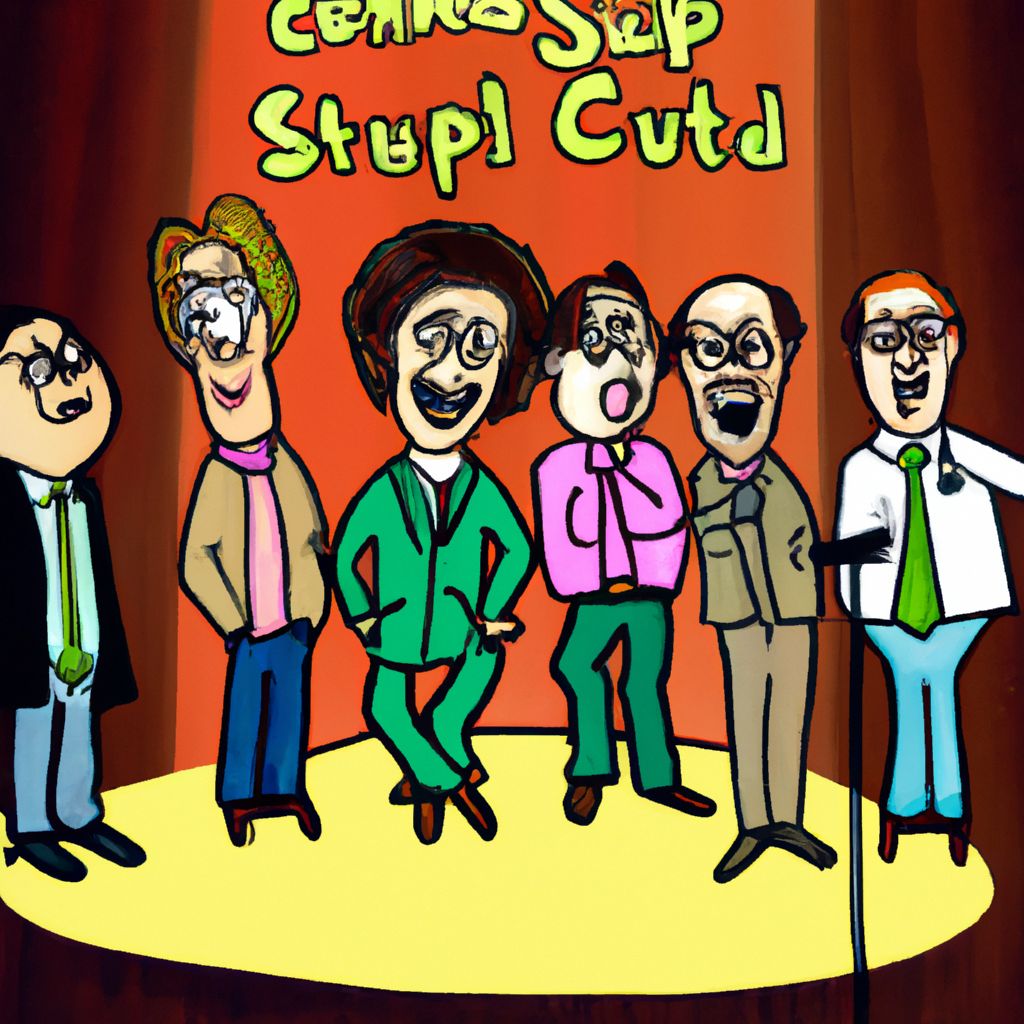- Introduction to Standup Comedy
- Standup Comedy as a Reflection of Society
- The Role of Standup Comedy in Cultural Discourse
- Standup Comedy and Social Change
- Standup Comedy as a Form of Entertainment and Escapism
- The Influence of Standup Comedy on Language and Communication
- Diversity and Representation in Standup Comedy
- Censorship and Controversy in Standup Comedy
- The Evolving Landscape of Standup Comedy
- Conclusion: The Enduring Significance of Standup Comedy
Introduction to Standup Comedy
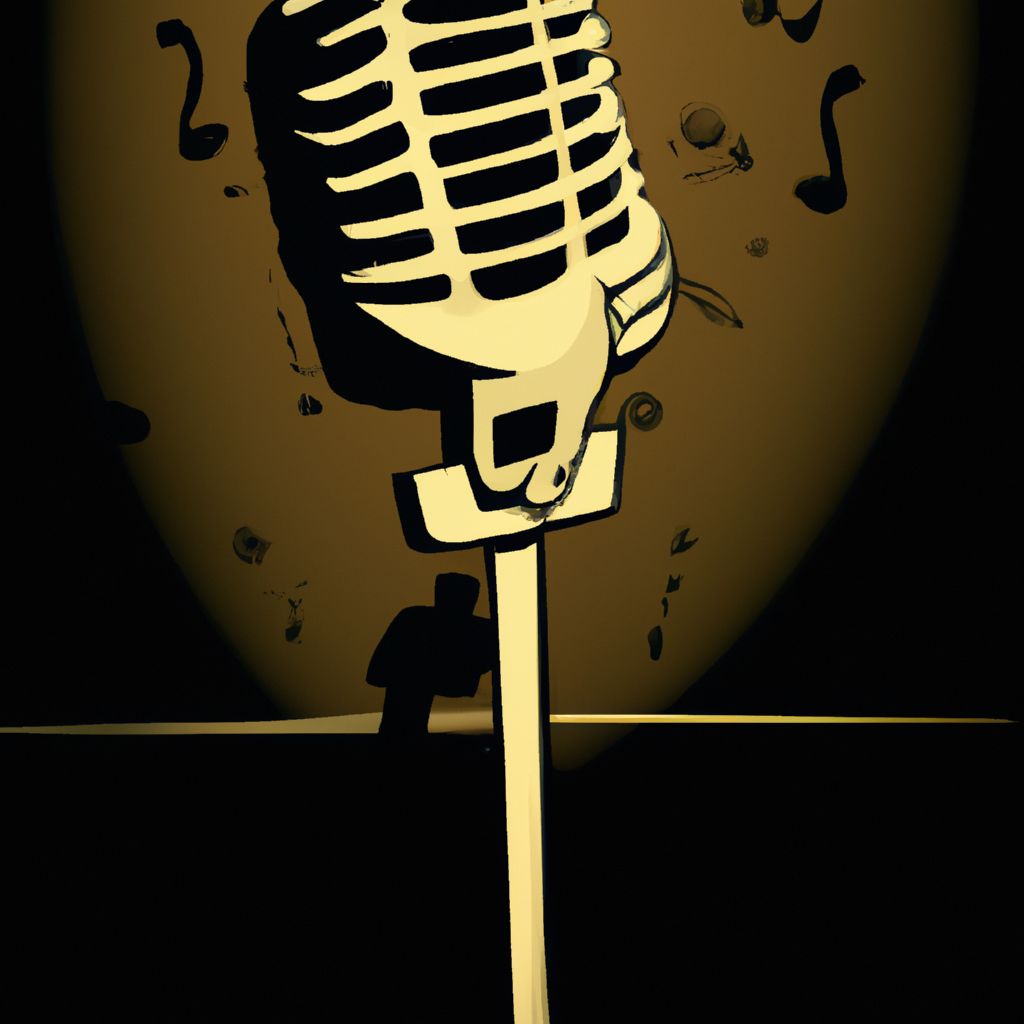
Standup comedy, a performance art with deep historical roots, has evolved from the classic court jesters and minstrels to the contemporary mic-wielding humorists who grace stages worldwide. Its genesis can be traced back to the comedic monologues of vaudeville shows and the British music halls of the 18th and 19th centuries. However, it truly began to take its modern form in the United States in the 20th century, particularly with the advent of nightclub and variety-show performers.
At its core, standup comedy is a storytelling art where a comedian performs in front of a live audience, usually speaking directly to them with the intent of evoking laughter. The fundamental components of standup include a tight set-up, a compelling narrative, impeccable timing, and a punchline that subverts the audience's expectations. Standup comedy has grown to embrace a range of styles, from observational humor to satirical commentary and beyond.
The primary focus of this article is to delve into the impact of standup comedy on society and culture. Through the lens of humor, comedians have often reflected and shaped societal attitudes, played a role in the discourse on taboo subjects, and acted as catalysts for cultural conversations. As we explore the multifaceted influence of standup comedy, we will uncover its power to entertain, inform, and sometimes even provoke change.
Standup Comedy as a Reflection of Society
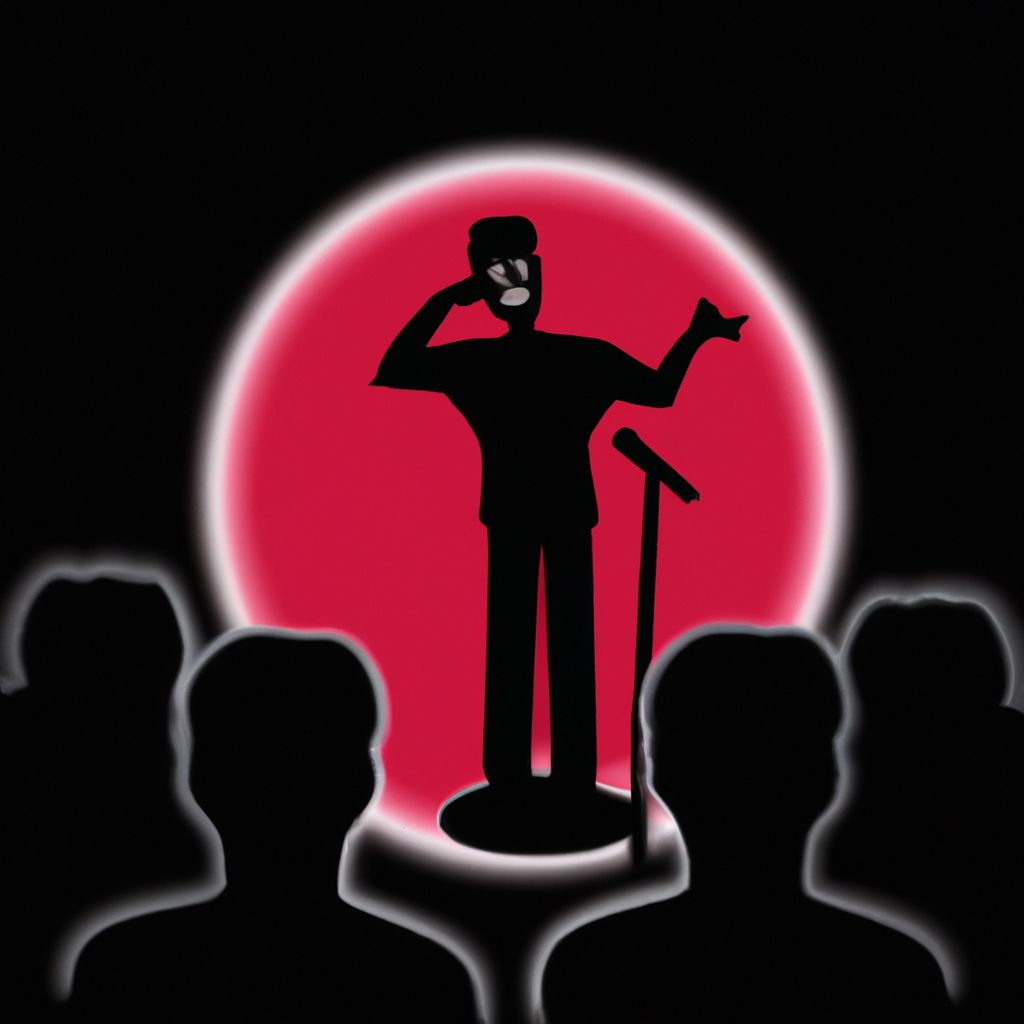
Standup comedy has long served as a mirror to society, reflecting the intricacies, absurdities, and even the uncomfortable truths of the times. Comedians have harnessed the power of humor to distill complex societal issues into relatable anecdotes, often providing sharp social commentary that resonates with audiences. The stage becomes a platform for observing and questioning societal norms, transforming the comedian into both a humorist and a social commentator.
Historically, figures like Lenny Bruce and George Carlin pushed boundaries, using their comedic platforms to challenge censorship and discuss taboo subjects such as politics, religion, and sex. Carlin's infamous "Seven Dirty Words" routine was not only a benchmark in comedic performance but also became a focal point for discussions on free speech and government regulation in the entertainment industry.
In contemporary times, comedians like Chris Rock and Dave Chappelle have continued this tradition, offering insights into race relations, systemic inequality, and cultural divides. Rock's nuanced dissections of racial issues in America provoke thought as much as they provoke laughter, ensuring his comedy remains relevant and poignant. Similarly, Chappelle's incisive sketches and standup specials, such as "Chappelle's Show" and "Sticks & Stones," have sparked conversations about society's tolerance, prejudice, and the ever-shifting lines of political correctness.
Furthermore, comedians like Hannah Gadsby with her special "Nanette," have utilized standup as a medium for storytelling that connects deeply personal narratives with broader social themes, such as gender, sexuality, and mental health. This has highlighted the evolving role of standup comedy in exploring and understanding the zeitgeist of our times.
Through their comedic lens, these performers offer a unique perspective on the world, encouraging audiences to reflect on societal norms and consider the underlying dynamics that shape our culture and behaviors. The humor they craft not only entertains but also serves as a catalyst for social reflection and, at times, change.
The Role of Standup Comedy in Cultural Discourse
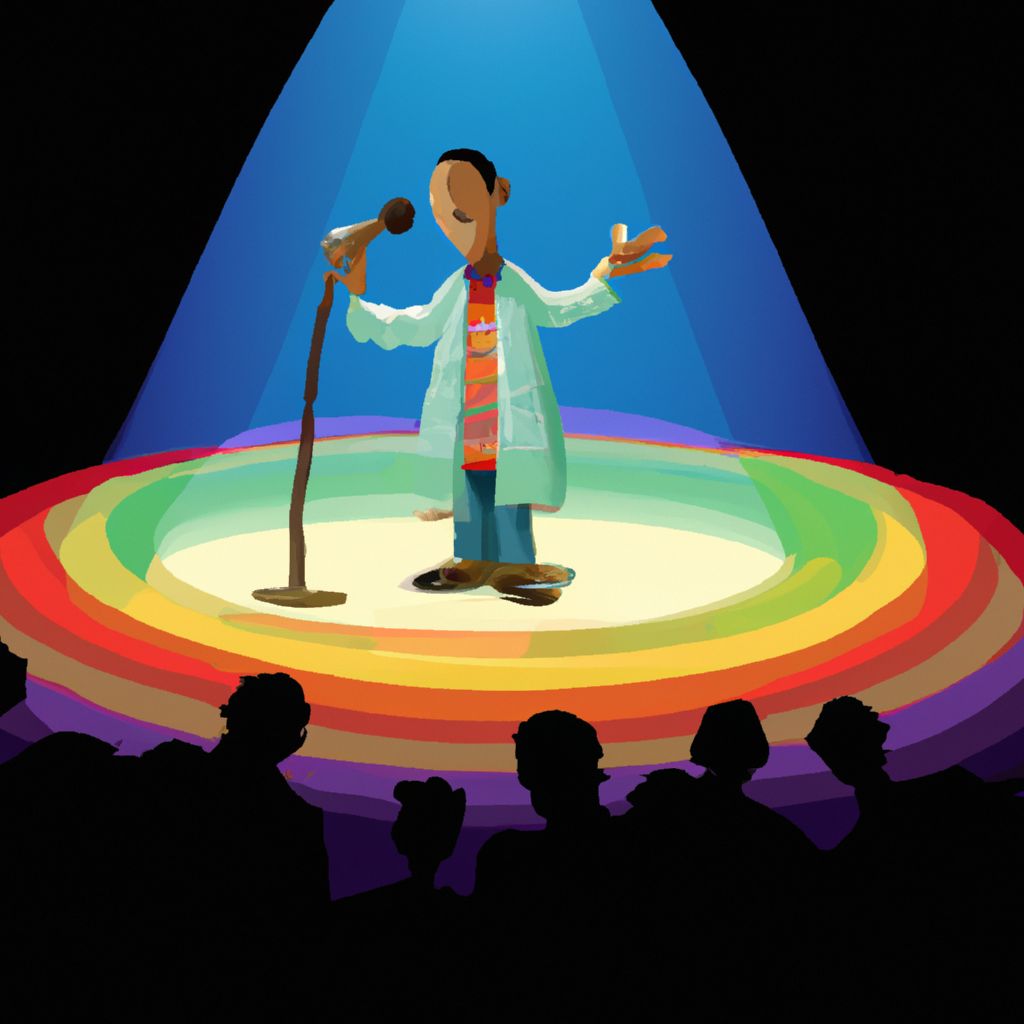
Standup comedians have long wielded humor as a tool to dissect and discuss the intricacies of culture, politics, and taboo subjects. By broaching sensitive topics through the veil of comedy, they can bypass some of the usual defenses and engage audiences in a dialogue that might otherwise be too contentious or uncomfortable to address directly.
The platform provided by standup comedy is unique in its directness; a single comedian stands before an audience, distilling observations and opinions into jokes and stories that can confront cultural norms. This one-on-one dialogue with the audience allows comedians to challenge prevailing attitudes and provoke thought in a manner that is at once confrontational and accessible.
Humor has the remarkable power to break down barriers and serve as a social equalizer. It can challenge power structures and provide commentary on political events, often bypassing strictures that limit conventional discourse. Satirists like Jon Stewart and John Oliver have effectively used humor to inform and engage the public in political discussions, influencing how news is consumed and understood. Their comedic takes on serious issues have not only entertained but have also educated audiences, bringing light to complex issues with a mix of satire and sincerity.
On the topic of taboo subjects, comedy has historically been a space where society's untouchable topics are brought to light. For instance, Richard Pryor used his standup to talk candidly about drug addiction and race, subjects that were often considered off-limits. His raw, honest approach to comedy made it possible for these conversations to enter the mainstream discourse.
The power of standup comedy to initiate discourse lies in its dual ability to amuse and to unsettle. By presenting provocative content in a humorous context, comedians engage their audiences in a dynamic interaction that can lead to a deeper consideration of cultural norms and values. The laughter that ensues acts as a communal experience that can, at its best, bridge divides and foster a shared understanding of our cultural landscape.
Standup Comedy and Social Change
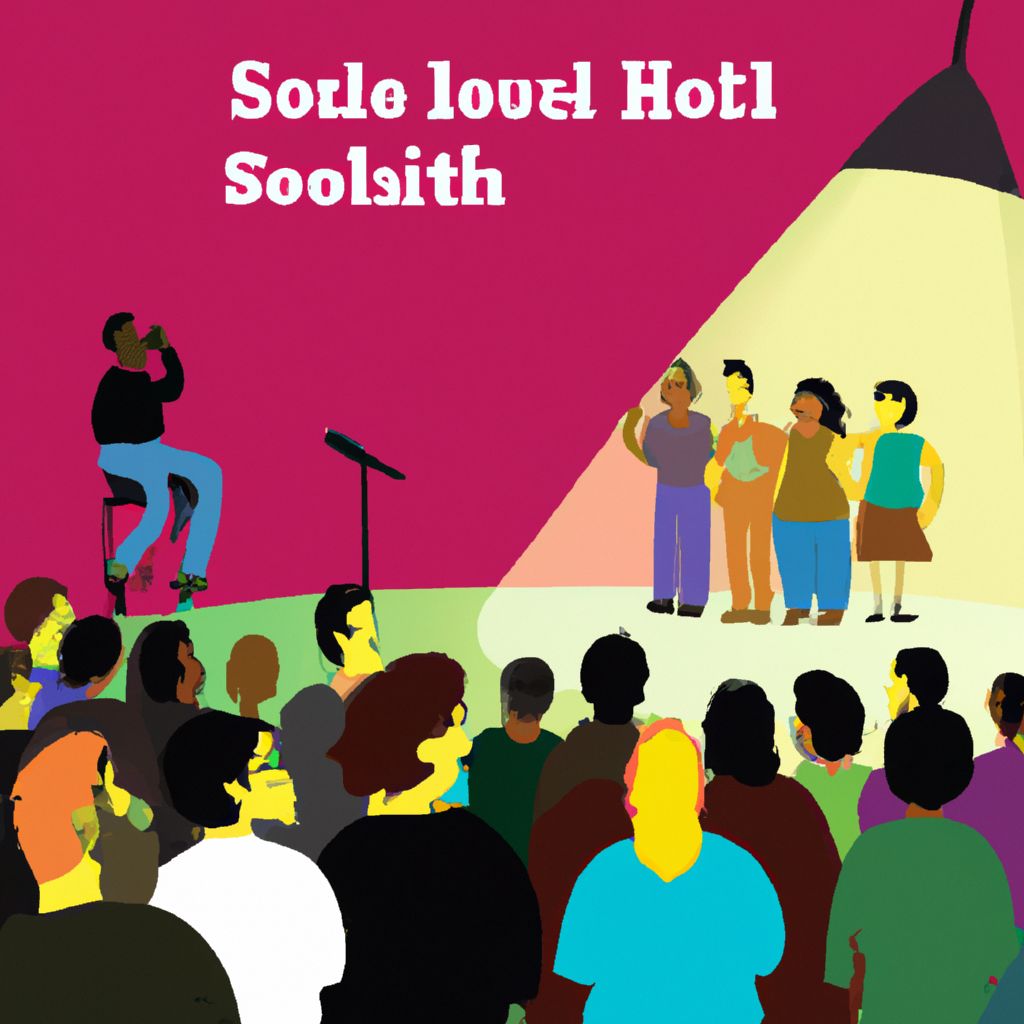
Standup comedy has, on occasion, transcended the stage to influence public opinion and contribute to social change. It does so by packaging critical perspectives in a way that is palatable and engaging, often reaching wider audiences than traditional forms of commentary and activism.
One of the most prominent examples is the work of Bill Hicks, whose acerbic comedy critiqued consumerism, superficiality, and the banality of the American dream. Hicks inspired his audience to question societal norms and to look beyond the facades of mainstream culture, planting seeds for critical thinking and skepticism towards media and government.
Similarly, Joan Rivers broke barriers for women in comedy, a traditionally male-dominated field. Her bold, unapologetic humor challenged the stereotypes and expectations of women's roles both in entertainment and society at large. Rivers paved the way for a generation of female comedians to speak candidly about their experiences, influencing the public's perception of gender norms and equality.
More recent examples include comedians like Trevor Noah, whose insights on race and identity politics in America have contributed to the broader conversation about multiculturalism and diversity. As a South African comedian who succeeded Jon Stewart as the host of "The Daily Show," Noah uses his outsider's perspective to highlight the absurdities of racial prejudice and nationalism, encouraging viewers to reconsider their own biases.
Comedians can also influence direct action. For instance, Russell Brand has used his comedy and public presence to advocate for various social causes, from drug rehabilitation to political reform. His calls to action, while controversial at times, have galvanized segments of the public to engage more deeply with activism and social issues.
Through their craft, these comedians and many others have utilized standup comedy not just as a means of entertainment, but as a force for social critique and change. They have managed to tap into the collective consciousness, using humor as a means to sway public opinion and inspire action, demonstrating the profound impact that well-crafted comedy can have on societal attitudes and behaviors.
Standup Comedy as a Form of Entertainment and Escapism
Standup comedy occupies a unique space within the entertainment industry, fulfilling a dual role as both a form of amusement and a means of escapism. Audiences flock to comedy clubs, theaters, and now, digital platforms, seeking laughter and a respite from the stresses of daily life. The allure of standup lies in its ability to transport listeners to a world where life's complexities are simplified into punchlines, and the mundane is made extraordinary through the comedian's lens.
As a form of entertainment, standup is unparalleled in its simplicity and immediacy. A single performer, armed with nothing but a microphone and wit, captivates the audience, creating a shared experience of joy and hilarity. In this space, the laughter provides a communal release, a temporary relief from personal and societal pressures. The spontaneous nature of live standup comedy, where anything can happen, adds to its charm and the sense of escape it provides.
Yet, standup comedy often does more than just distract; it also has the ability to confront audiences with realities they may prefer to overlook. Comedians have the unique privilege of addressing sensitive topics under the guise of humor, allowing them to broach subjects that might be too confrontational in other contexts. In this way, comedy acts as a social commentary, reflecting back at us the truths we often sidestep in our day-to-day lives.
The effectiveness of standup comedy as both entertainment and escapism is evident in its enduring popularity. It offers an accessible medium for exploring the human condition, encouraging self-reflection even as it entertains. As a result, standup comedy remains a powerful form of expression that resonates with audiences seeking both laughter and a deeper connection to the world around them.
The Influence of Standup Comedy on Language and Communication

Standup comedy has had a distinct influence on language and communication within popular culture, shaping the way we speak and interact with one another. The craft of standup is deeply rooted in the rhythm and timing of words, and the industry's lexicon has permeated everyday vernacular. Catchphrases coined by comedians often become part of the common parlance, echoing in the dialogue of movies, television shows, and across social media platforms.
Iconic comedic catchphrases like Rodney Dangerfield's "I get no respect!" or Larry David's "Pretty, pretty, pretty good" from "Curb Your Enthusiasm" have transcended their origins to become recognizable cultural references. These phrases carry the humor and personality of their creators, providing a shorthand for shared experiences and sentiments among fans.
The influence of standup also extends to the nuances of comedic timing and delivery. The pause before a punchline, the inflection at the end of a joke, and the rhythm of a comedic story have all informed the way we communicate humor in our everyday lives. The timing techniques comedians use to maximize laughs are employed by public speakers, politicians, and even in casual conversation to engage and entertain audiences.
Moreover, the conversational style of many standup performers has encouraged a more informal, relatable mode of communication in various media. Podcasts, in particular, have adopted the intimate and candid approach that many standups use in their sets, fostering a sense of connection and authenticity with listeners.
Standup comedy's reach into the fabric of language and communication illustrates its broader cultural impact. By introducing new expressions, refining the art of timing, and influencing delivery styles, standup comedians have indelibly shaped the way we express humor and connect with one another.
Diversity and Representation in Standup Comedy
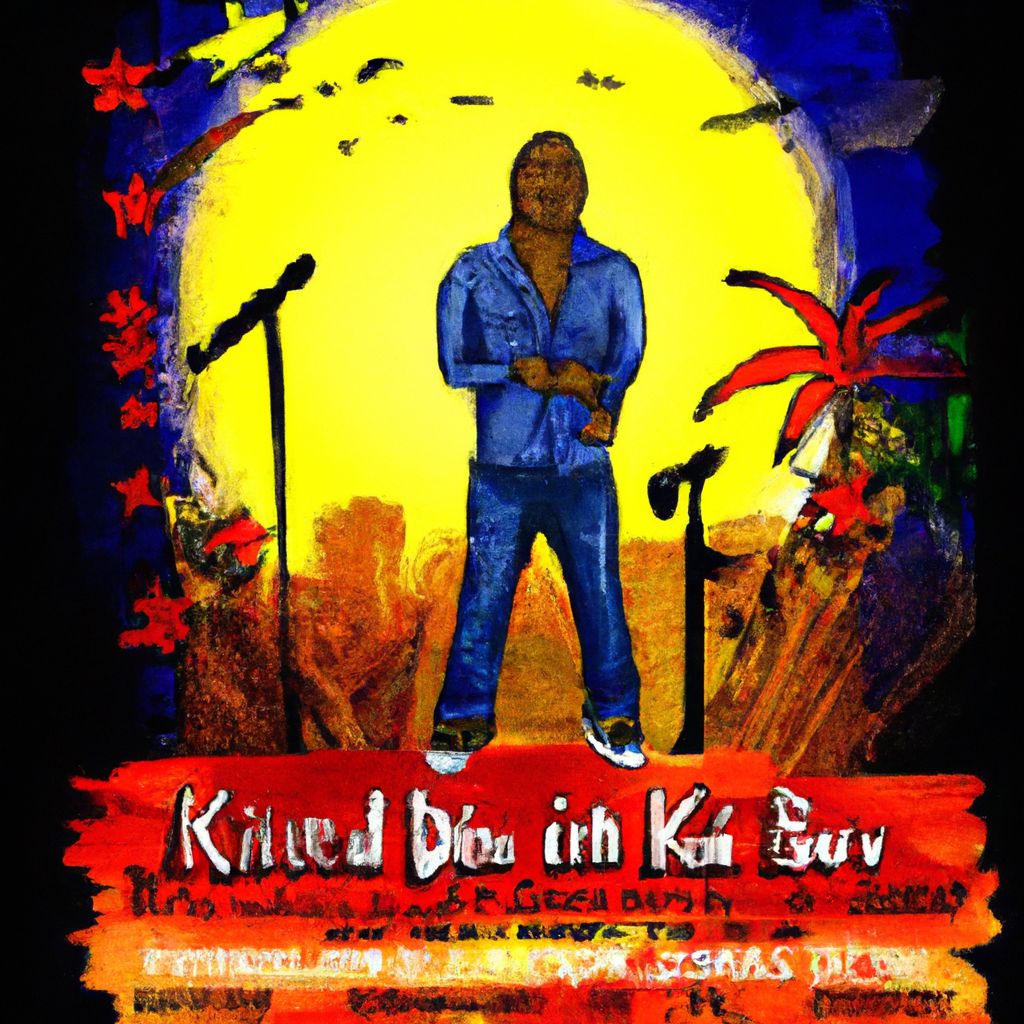
The importance of diversity in standup comedy cannot be overstated, as it brings a multitude of voices and perspectives to the forefront, enriching cultural understanding and empathy. The inclusion of comedians from various backgrounds, ethnicities, genders, and sexual orientations ensures that the comedy landscape is reflective of the society it serves. This diversity in standup allows for a broader range of experiences to be shared, challenging stereotypes and fostering a more nuanced appreciation of different cultures and identities.
Minority comedians have often used humor as a tool to share their experiences, highlight social injustices, and challenge the status quo. By doing so, they provide valuable insights into their lives and communities, offering audiences an opportunity to understand perspectives different from their own. For instance, comedians like Margaret Cho and Hasan Minhaj have used their platforms to speak about their Asian-American experiences, addressing issues of race, identity, and the immigrant experience with humor and candor.
Similarly, LGBTQ+ comedians like Wanda Sykes and Tig Notaro have brought their unique perspectives to the stage, using comedy to discuss their personal lives and advocate for greater acceptance and understanding of LGBTQ+ issues. Their visibility and success have not only provided representation but also helped to shift cultural narratives towards inclusivity and tolerance.
The presence of diverse voices in standup comedy also serves to disrupt the singular narrative that often dominates media representations. It democratizes storytelling, allowing for a more accurate portrayal of the myriad experiences that constitute the human condition. As these different voices gain prominence, they contribute to a more vibrant and representative cultural tapestry, highlighting the value of diversity within the arts.
Ultimately, the power of standup comedy lies in its ability to give a microphone to those who might otherwise be unheard. By amplifying a variety of voices, standup comedy not only entertains but also educates and connects us, fostering a deeper cultural dialogue that is essential for societal growth and understanding.
Censorship and Controversy in Standup Comedy
Censorship and controversy have long been integral to the discourse surrounding standup comedy, as the art form often pushes the boundaries of humor and tests the limits of freedom of speech. The tension between a comedian's right to express their viewpoints, no matter how provocative, and the potential to offend audience sensibilities is a complex and ongoing debate.
Historically, standup comedians have faced censorship when their material was deemed too controversial or offensive for mainstream audiences. The legal battles faced by Lenny Bruce, who was arrested multiple times for obscenity in his performances, are a stark reminder of the risks comedians have taken to exercise their freedom of speech. Bruce's struggles paved the way for future generations of comedians to speak more freely, pushing societal boundaries in the process.
In contemporary times, the conversation around censorship in comedy has evolved, particularly with the rise of cancel culture and social media, where backlash can be swift and widespread. Comedians like Louis C.K. and Kevin Hart have experienced career repercussions due to controversial material or past statements, highlighting the potential consequences of crossing the ever-changing lines of acceptability.
The balance between freedom of speech and the potential to offend is a delicate one. On one hand, comedy is seen as a final bastion of free expression, where comedians can tackle taboo topics and challenge societal norms. On the other hand, there is a growing awareness of the impact that words can have, particularly on marginalized groups, and a call for comedians to exercise their speech responsibly.
This tension has played out in various ways within the world of standup comedy. Some comedians have taken a defiant stance, insisting on their right to speak without restraint, while others have adapted their material to be more sensitive to contemporary standards. The industry itself continues to grapple with these issues, as comedy clubs, television networks, and streaming services must decide where to draw the line on content.
Ultimately, the discourse around censorship and controversy in standup comedy reflects broader societal values and the ongoing negotiation of what is considered acceptable humor. As society's attitudes evolve, so too does the landscape of standup comedy, underscoring the dynamic nature of this art form and its relationship with cultural norms and freedom of expression.
The Evolving Landscape of Standup Comedy
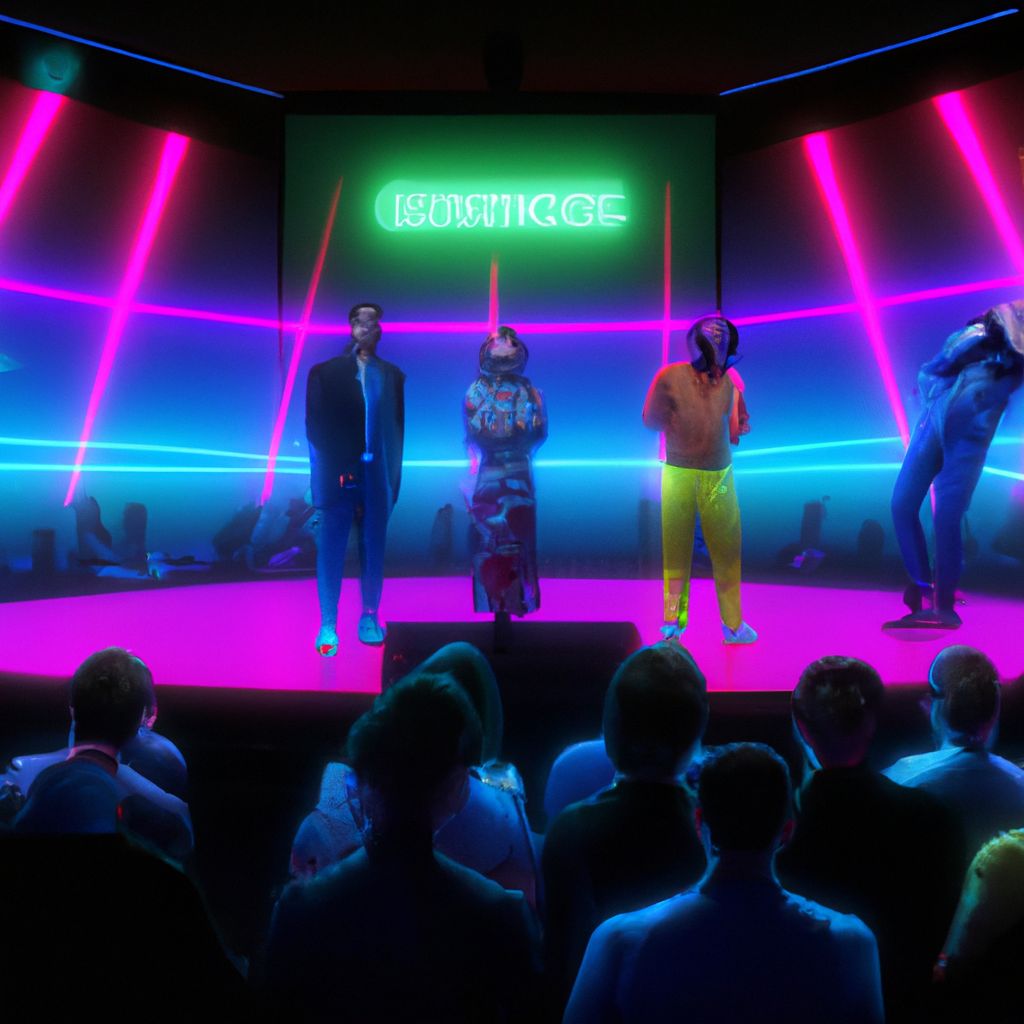
The landscape of standup comedy has undergone significant transformation with the advent of technology and the digital age. The way we consume comedy has evolved, with the rise of comedy specials, streaming services, and the omnipresence of social media reshaping the industry.
Comedy specials have become a staple of standup, offering comedians a platform to reach global audiences. The proliferation of streaming services like Netflix, Hulu, and Amazon Prime Video has made these specials more accessible than ever before. Iconic performances by comedians such as Hannah Gadsby and Dave Chappelle have garnered international attention, demonstrating the power of a well-produced special to catapult a comedian to stardom and influence cultural conversations.
Social media platforms have also played a crucial role in the evolution of standup comedy. Short-form content on platforms like Twitter, TikTok, and Instagram has allowed comedians to reach and engage with their audience directly. This has democratized the industry, enabling up-and-coming comedians to build a following without the traditional gatekeepers of comedy clubs and television appearances. Moreover, social media has facilitated a two-way conversation between comedians and their audience, fostering a sense of community and allowing for immediate feedback.
As we contemplate the future of standup comedy, it is clear that technology will continue to play a significant role. Virtual reality, augmented reality, and other emerging technologies have the potential to create entirely new experiences for comedy consumption. The possibility of immersive comedy shows, where viewers can feel as though they are in the room with the performer, could further blur the lines between the stage and the audience.
The potential societal impact of these changes is vast. As standup comedy becomes even more accessible and diverse in its reach, it can continue to serve as a platform for social commentary and reflection. The ease with which comedy can be shared and discussed online also means that its influence on societal attitudes and discourse can be amplified exponentially.
In conclusion, the evolving landscape of standup comedy in the digital age holds exciting possibilities for both the art form and society. As technology advances and cultural norms shift, standup comedy is poised to adapt and thrive, maintaining its role as a vital and resonant form of entertainment and social commentary.
Conclusion: The Enduring Significance of Standup Comedy
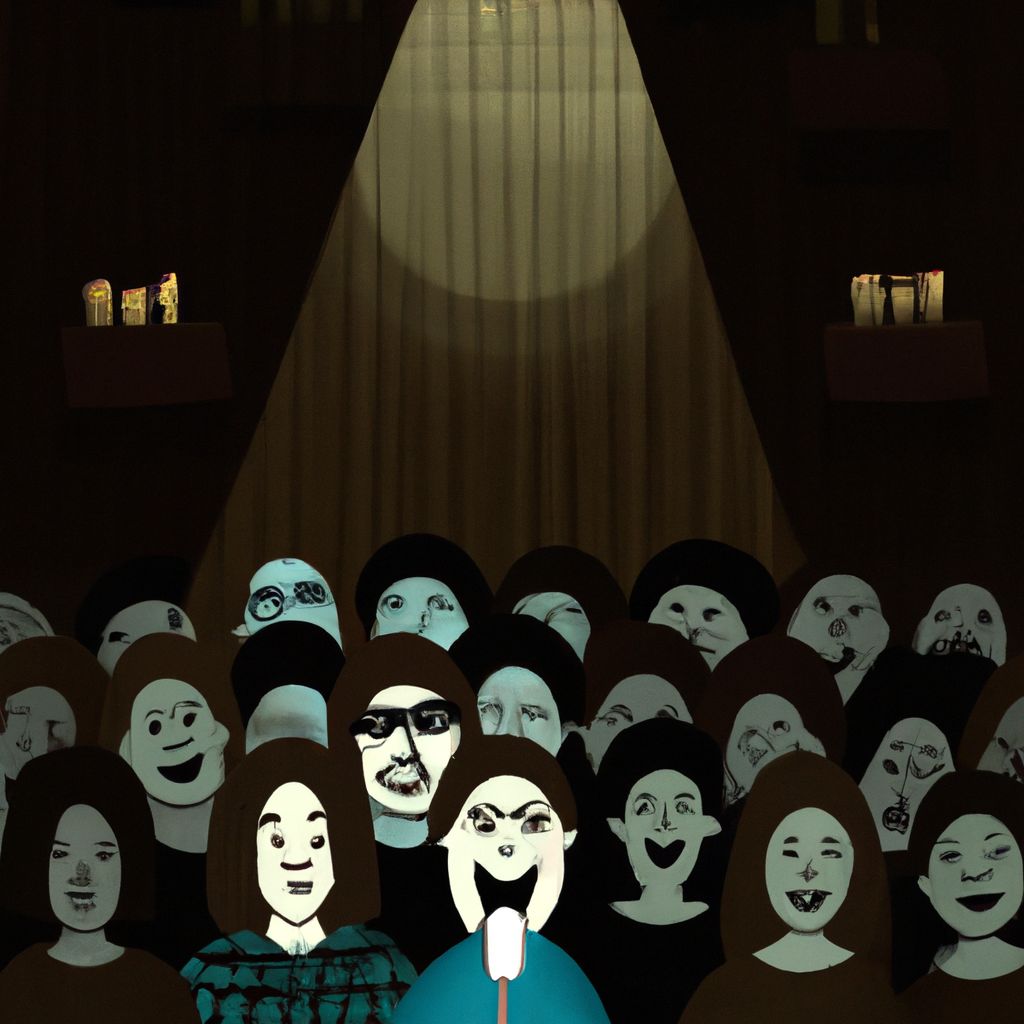
Standup comedy has proven to be a significant cultural force, impacting society in multifarious ways. It mirrors societal issues, offering a reflection of the norms and attitudes prevalent at any given time. Comedians have used their craft to provide poignant social commentary, influencing public opinion and sometimes catalyzing social change.
As both a form of entertainment and escapism, standup comedy offers a reprieve from the rigors of daily life, while simultaneously holding up a mirror to those very realities. Its unique language and style have infiltrated popular culture, influencing how we communicate and connect with one another.
The importance of diversity within standup comedy cannot be overstated, as it broadens the spectrum of narratives and enriches cultural understanding. Minority comedians, in particular, have used humor to share their experiences and shape societal narratives, contributing to a more inclusive cultural landscape.
Standup comedy also engages with issues of censorship and controversy, balancing the right to free speech with the potential to offend. This tension reflects the evolving societal values and the negotiation of acceptable humor. Lastly, the digital age has transformed the consumption and dissemination of standup comedy, expanding its reach and potential impact.
In essence, standup comedy holds an enduring significance as it continues to provide a voice to the voiceless, challenge the status quo, and act as a catalyst for reflection and change. It is a dynamic art form that adapts to the times while staying true to its purpose: to provoke laughter, thought, and, at times, action.


